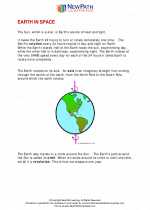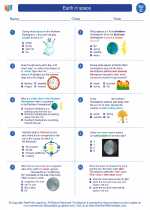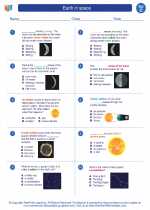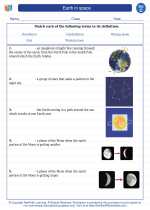Atom's Nucleus
An atom's nucleus is the central part of an atom, containing protons and neutrons. It is tiny compared to the overall size of the atom but contains the majority of the atom's mass. The nucleus is held together by the strong nuclear force, which overcomes the repulsive forces between the positively charged protons.
Composition of the Nucleus
The nucleus is composed of two types of particles: protons and neutrons. Protons have a positive charge, while neutrons have no charge (they are neutral). The number of protons in the nucleus determines the element, while the combined number of protons and neutrons determines the isotope of the element.
Nuclear Forces
The strong nuclear force is the force that holds the protons and neutrons together in the nucleus. This force is stronger than the electromagnetic force, which causes the positively charged protons to repel each other. The strong nuclear force only acts over very short distances, which is why it is effective in the close quarters of the nucleus.
Study Guide
- What is the nucleus of an atom?
- What particles are found in the nucleus?
- How are protons and neutrons held together in the nucleus?
- What determines the element and isotope of an atom?
- Why is the strong nuclear force important in the nucleus?
Understanding the nucleus of an atom is fundamental to understanding the behavior and properties of different elements. It forms the basis of nuclear chemistry and plays a crucial role in many scientific and technological applications.
[Atom's Nucleus] Related Worksheets and Study Guides:
.◂Science Worksheets and Study Guides Third Grade. Earth in space

 Worksheet/Answer key
Worksheet/Answer key
 Worksheet/Answer key
Worksheet/Answer key
 Worksheet/Answer key
Worksheet/Answer key
 Vocabulary/Answer key
Vocabulary/Answer key
